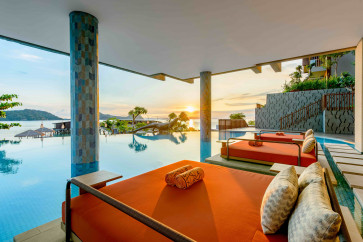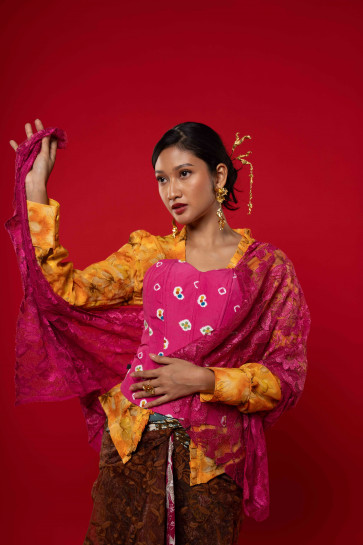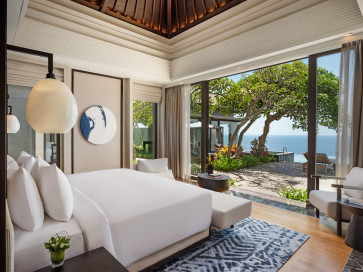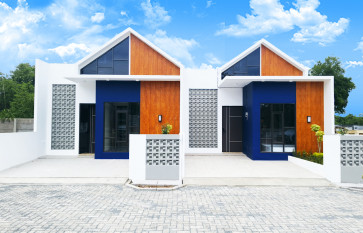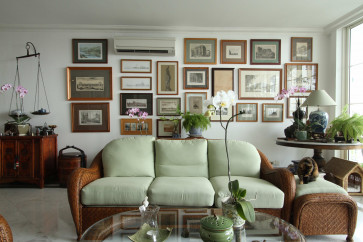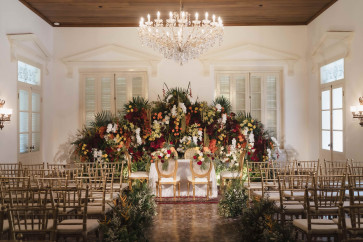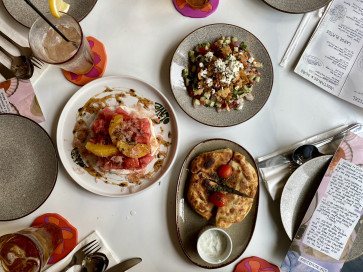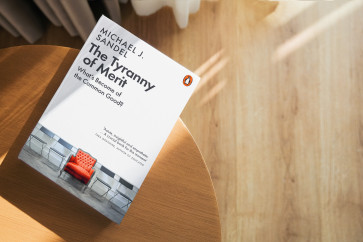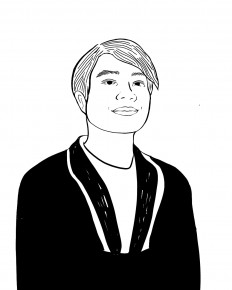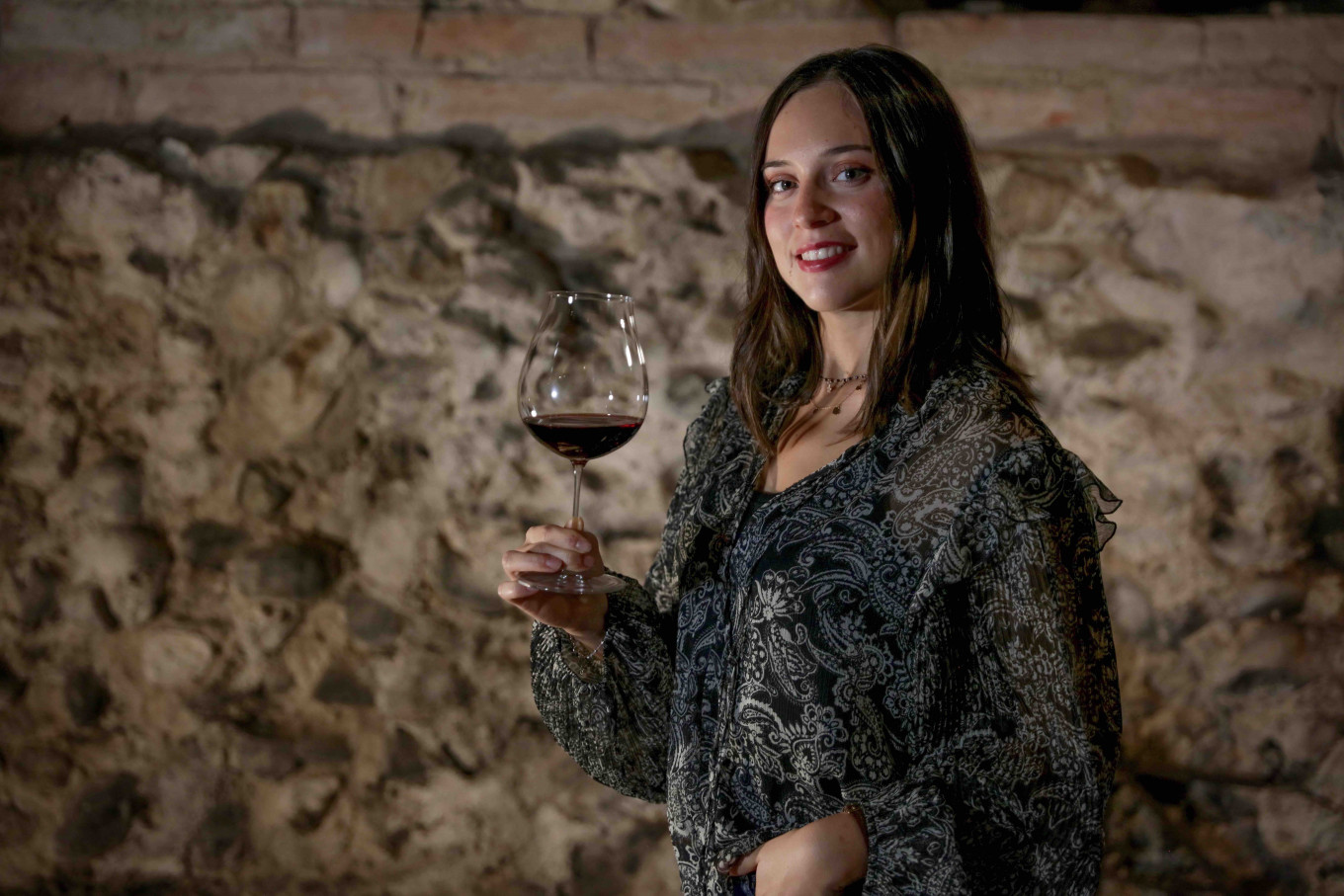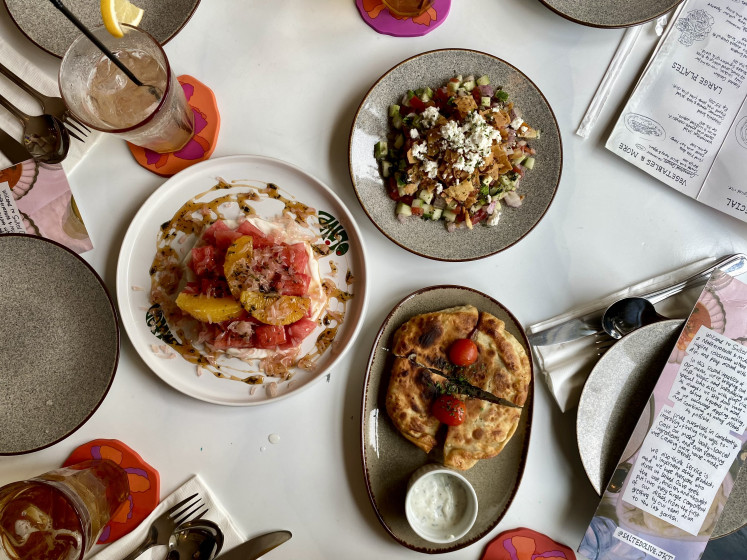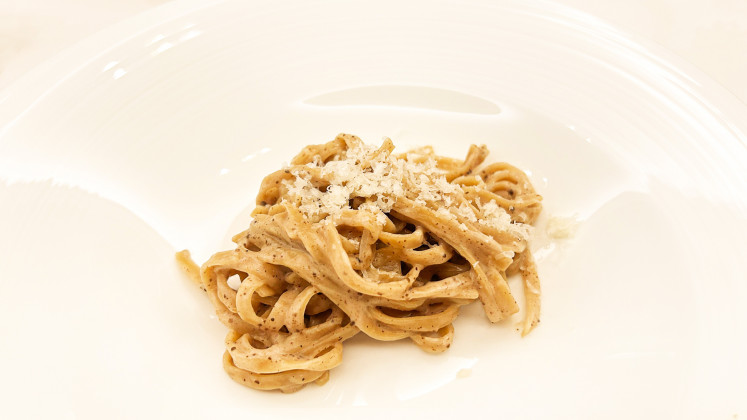Federica Boffa, Pio Cesare’s current leader, is following her father’s success as the fifth-generation family business owner.
“You can’t plant this type of wine anywhere else.”
Federica Boffa, the head of Italian winery Pio Cesare, is explaining how her family has produced wine for over 135 years across five generations.
Sourcing its grapes from the bountiful hills of Barolo and Barbaresco in the town of Alba in Piedmont, Italy, Pio Cesare has grown into one of the most renowned wine brands in the world, exporting its products to over 50 countries across the globe, including Indonesia.
"Our wines represent who we are,” she tells The Jakarta Post during one of her frequent visits to Jakarta. “It’s the refined product of our heritage, it’s the microclimate of our home. We hope that it's the gem of our region.”
The kings and queens of wine
Pio Cesare’s wines are made from a blend of Nebbiolo grapes grown in vineyards with varying soil compositions, resulting in a spectrum of flavors with intense surge and elegant nuance.

Thank you!
For signing up to our newsletter.
Please check your email for your newsletter subscription.
Its Barolo wine, considered the “king” of its collection, has a strong, rich profile due to robust tannins.
The “queen,” Barbaresco, provides a more refined experience, balancing richness with smooth acidity that exudes finesse.
“At Pio Cesare we work in a very artisanal way. Every year, we produce a small batch of wine. All the intervention in our vineyards is still done by hand, so we try really hard to retain that same quality that the first generation established years ago,” Boffa says.
Pioneers in Indonesia
Pio Cesare first expanded to Indonesia in the 1990s, with Boffa’s predecessors wanting to be pioneers in the Italian wine industry.
"We have always been one of the first to explore specific countries. Indonesia was also one of our goals to be the first,” she says.
“What we discovered in the past 20 years is that in Indonesia there’s a real culture and knowledge surrounding local wine enjoyers. It's been a good fit with our premium wine offerings and history-oriented approach.”
Since starting her leadership role in 2021, Boffa has focused on improving Pio Cesare’s product quality and preserving its cultural practices.
"Since we started, our recipe has been the same. I don’t want to change that. I just want to enhance it, ensuring all the processes and ingredients materializing our recipe get the best level of quality.”
Crafting wine, then and now
In the town of Alba, Piedmont, Pio Cesare is the only winery still making wine within its historical center.
“We’re expanding our cellars so that we can age our wines more in Alba. It's not about increasing production. It’s more important to maintain and expand that quality,” Boffa explains.
Pio Cesare’s premium wine cellars are a key focus of Federica Boffa’s leadership. (Courtesy of Pio Cesare)
Reflecting on some of the changes that the wine industry has faced in the 21st century, she notes that climate change has had an unexpected effect on their craft.
"The idea is to capture all the shades of the expression of the climate, the terrain, the diversity of the region into our wines. This process has altered due to climate change,” she says.
“Today our climate is much drier, much warmer, leading to summers that last for months. This actually means that we can age our wine in a lesser amount of time.”
Surprisingly, the evolving environment has led to a positive outcome for the Italian wine industry. Now, Pio Cesare can release wines that are already up to quality even when they are still considered young.
“We have a lot of history, but I’m trying to keep us modern. We look to the future, we don’t have dust on our labels. We have a strong passion and joy in making wine, and I think there’s a place for us in the palates of the next generation,” she concludes.
Aqraa Sagir is a writer for The Jakarta Post's Creative Desk. He’s chronically online in the hope it would be a useful asset for the job.




